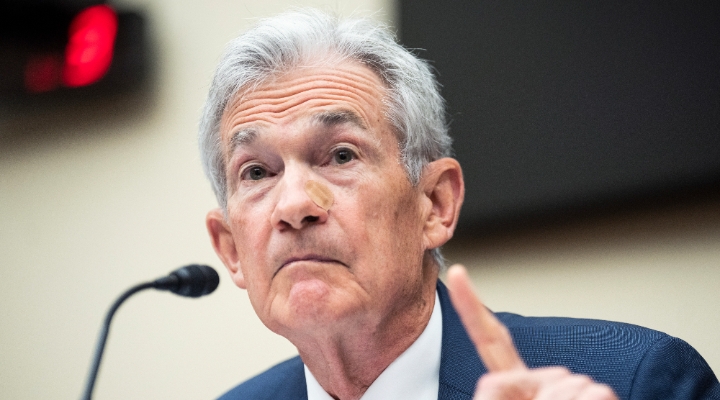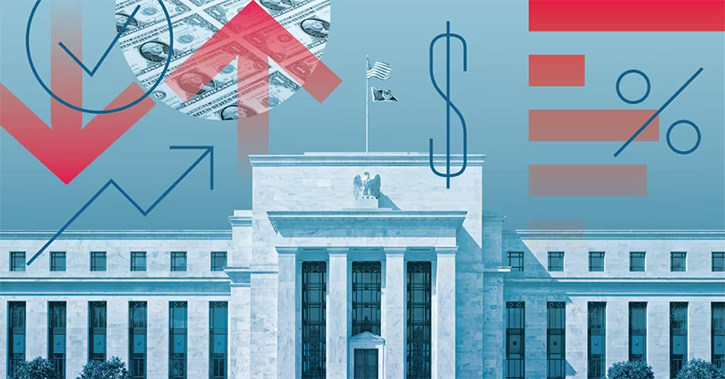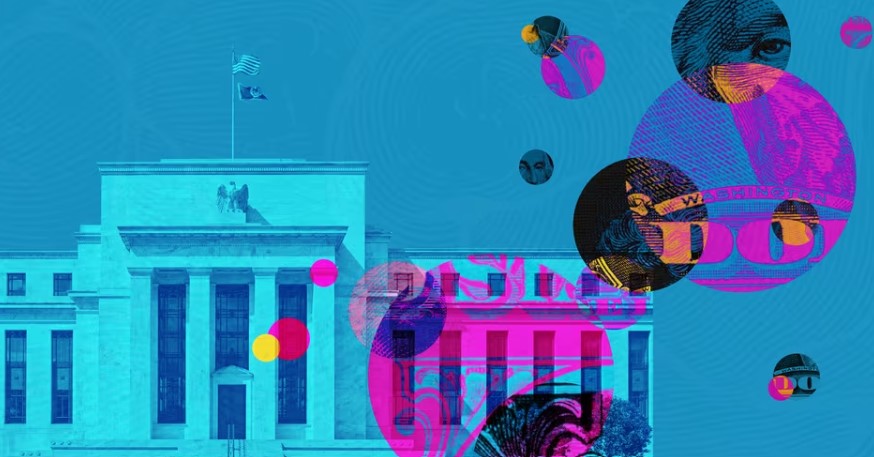
Higher-than-expected readings on US inflation are once again proving sticky, making it less likely that the Federal Reserve will lower interest rates before its June meeting.
The February Consumer Price Index report, released Tuesday morning, showed inflation that was slightly higher than anticipated – both with and without volatile food and energy costs factored in.
The report showed inflation rising at a 3.2% rate from a year earlier, above the 3.1% consensus forecast from FactSet. Meanwhile, core CPI, which excludes food and energy costs, rose 3.8%, topping expectations of a 3.7% increase.
CPI vs. Core CPI
Source: Bureau of Labor Statistics, February 29, 2024
Housing Costs Keeping Inflation High
As has been the case for months, shelter costs continue to be the prime driver of the rise in inflation, albeit at a slower pace in February than in January. At the same time, last month’s inflation reading was boosted by higher gas prices.
While inflation has fallen significantly from its 40-year peak in 2022, improvement has stalled in recent months. As the economy remains healthy, with solid job growth, the time when the Fed is anticipated to start cutting interest rates keeps getting pushed back. In addition, the overall scope of expected rate cuts for 2024 is shrinking.
“Today’s report should worry inflation optimists more than last month’s,” Preston Caldwell, chief US economist at Morningstar, says.
“Although shelter inflation dropped in February compared to January, inflation increased in core goods and other services. A Fed rate cut in May is now very unlikely, but we still expect upcoming inflation data to be sufficiently improved to allow for a June cut.”
February CPI Report Key Stats
• CPI rose 0.4% in February vs. 0.3% in January and a forecast of 0.3%
• Core CPI increased 0.4% in February vs. 0.4% in January and a forecast of 0.4%
• CPI rose 3.2% year-over-year in February vs. 3.1% in January and a forecast of 3.1%
• Core CPI increased 3.8% year-over-year in February vs. 3.9% in January and a forecast of 3.7%
Consumer Price Index
Month-over-month changes
Source: Bureau of Labor Statistics, February 29, 2024
What’s Driving Up Inflation?
During February, more than 60% of the overall increase in the CPI was driven by shelter costs and gas prices, according to the BLS. Gas prices rose 3.8%. However, that increase followed four consecutive months of declines, including a 3.3% drop in January. Caldwell notes that an uptick in core goods inflation was led mainly by used cars and apparel. Meanwhile, services inflation was driven up chiefly by higher airline fares – partly a pass-through of higher jet fuel prices.
Change in Selected CPI Components
Source: Bureau of Labor Statistics, February 29, 2024
“Smoothing out the month-to-month volatility, the picture looks a little different on a three-month basis,” Caldwell says.
“It’s true that core inflation increased to 4.2% on a three-month annualised basis, the highest since June 2023. But the culprit behind high inflation is still mainly shelter, where prices increased 6.2% annualised in the last three months. Core goods excluding shelter increased just 2.8% annualised.”
Caldwell says data on market rents still points to a sustained drop in shelter inflation around the corner. “That should drive core inflation down over the next year,” he says. “Also, we doubt February’s uptick in core goods inflation will persist.”
February’s rise in used car prices was not matched by wholesale prices, which are still on a downtrend. “More broadly,” Caldwell continues, “supply chain conditions remain vastly improved compared to their disrupted state circa 2021 and 2022. That should continue to exert downward pressure on core goods.”
Caldwell also says that good news about wages in the February jobs report supports the case for lessening inflation pressures ahead. “Our composite measure of wage growth at 4.7% year over year is only about 1 percentage point higher than levels consistent with inflation at 2%. Normalisation of wage growth should cool inflation broadly, especially in core services excluding housing.”
When Will the Fed Cut Rates?
For clues about the timing of a Fed rate cut, Caldwell points to the CPI’s implications for the central bank’s favoured measure of inflation: the Personal Consumption Expenditures Price Index. While many investors and the press usually focus on the monthly CPI report, the Fed’s 2% price target is based on the PCE inflation reading.
Caldwell says that the February CPI report suggests a PCE inflation reading for February of 0.3% excluding food and energy, or roughly 3.7% on an annualised basis. “That’s certainly too high for the Fed to contemplate cutting rates,” he says.
“With only one more CPI report due before the Fed’s May 1 meeting, it looks now very unlikely that the Fed will cut rates in that meeting,” Caldwell says. “However, prior to the Fed’s June meeting, we’ll receive CPI reports for March, April, and May. We expect improvement in inflation – in conjunction with softening economic growth – to push the Fed to cut in June.”
In the bond futures market, traders placing bets on the direction of interest rates now peg the odds of a quarter-point cut in the federal-funds rate at roughly 58%. That would take the rate target range down to 5.00%-5.25%. At the start of the year, traders expected the Fed to start cutting rates in March.
Traders also expect fewer rate cuts in 2024 than they did just a few months ago. In January, traders had been betting on six cuts, which would have taken the funds rate down to a target range of 3.75%-4.00%. Now the betting is almost evenly split between four or five cuts, taking the rate down no lower than a 4.25%-4.50% target.
Federal-Funds Rate Target Expectations for June Meeting
Source: CMEFedWatch Tool, March 12, 2024




























